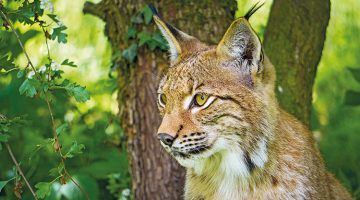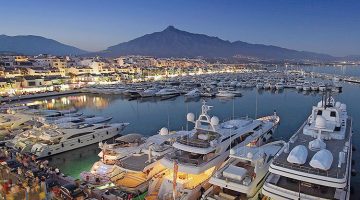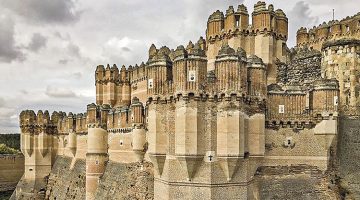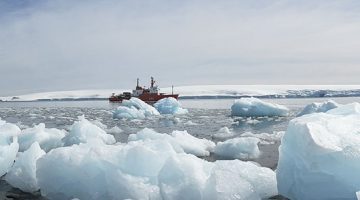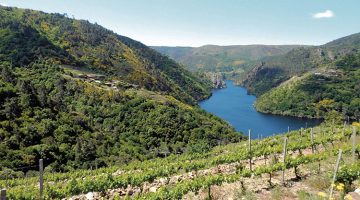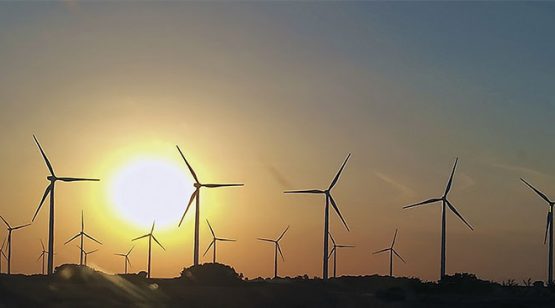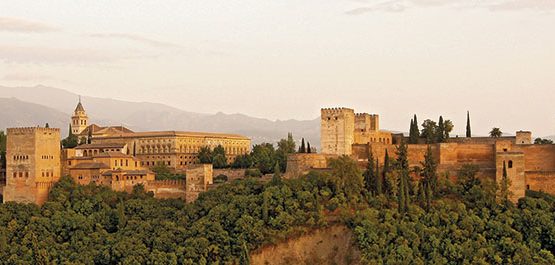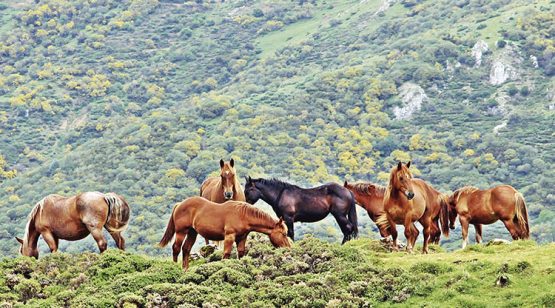Back from the brink
Twenty years ago, there were barely 100 individuals left, but thanks to conservation efforts the wild population of the Iberian lynx has now grown to 1,100. Although it remains at risk of extinction, the growth of its small population –along with those of the bearded vulture, imperial eagle, Cantabrian brown bear and Iberian wolf– is an encouraging outcome of the efforts to conserve the wildlife of Spain and Portugal.


